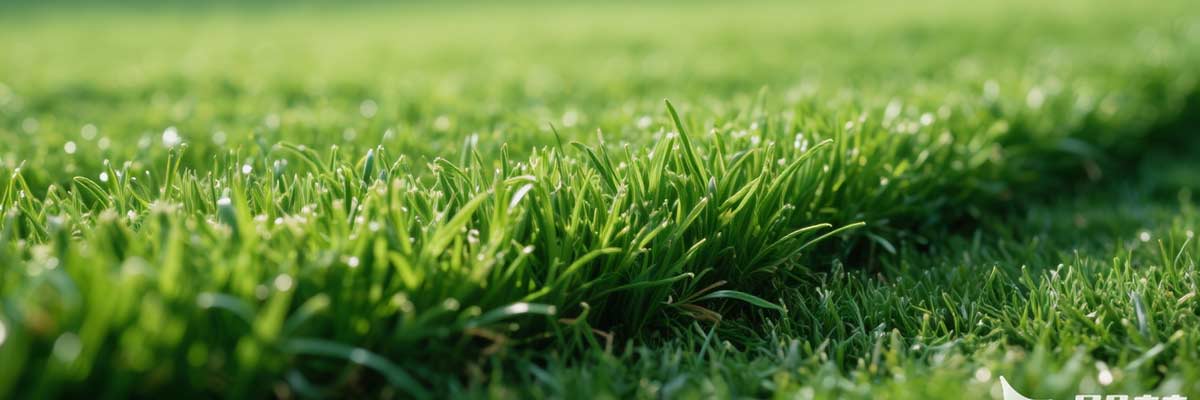What does a lawn aerator do?
What Does a Lawn Aerator Really Do? The Truth Behind a Healthier Lawn
A vibrant, green lawn is something many homeowners strive for, but it takes more than just mowing and watering to get there. Over time, soil can become compacted—especially in areas with heavy foot traffic or clay-based soil. This compaction chokes grass roots, leading to thin turf, water runoff, and a higher risk of weeds and disease. That’s where a lawn aerator comes in. By creating small openings in the soil, aeration helps your lawn breathe, absorb moisture, and access nutrients more effectively.
How Lawn Aeration Helps Your Grass
Aeration works by perforating the ground with small holes, making room for air, moisture, and fertilizer to reach deep into the root system. There are two main kinds of aerators:
Spike Aerators: These use solid tines to poke holes into the soil.
Core Aerators: These remove small plugs of soil, which is more effective for relieving compaction.
While spike aerators can help with mild cases, a core aerator—like the Kutter Core Aerator—is the better choice for lawns with serious compaction. By pulling out plugs of soil, it creates real space for roots to expand, without mashing the soil down even more.
Top Benefits of Aerating Your Lawn
Better Nutrient uptake
When you aerate, fertilizer and organic matter can work their way down to the roots instead of washing away. That means your lawn feeds more efficiently.Improved Water Absorption
Compacted soil can cause water to pool or run off. Aeration helps water soak in deeper, which means less waste and a lawn that stays greener, longer.Reduces Thatch
Thatch—a mat of dead grass and roots—can prevent water and nutrients from getting into the soil. Core aeration breaks up thatch and helps it blend into the soil where it can decompose naturally.Encourages Healthy Microbes
Aeration creates pockets that boost microbial activity in the soil. These tiny organisms break down organic material and release nutrients like nitrogen that grass needs to grow.Stronger, Deeper Roots
With less compaction and better access to what it needs, your grass can develop a deeper root system. That leads to a lawn that’s more resilient to heat, drought, and wear.
When and How to Aerate for Best Results
When: The best time to aerate is during the growing season. For cool-season grasses (like fescue or bluegrass), aim for spring or fall. Warm-season grasses (like Bermuda or Zoysia) do best when aerated in late spring to early summer.
Soil Condition: Make sure the soil is slightly moist. If it’s too dry or too hard, water the lawn a day or two before aerating.
Choosing a Tool: For smaller yards, a manual tool can get the job done. Bigger lawns might need a powered aerator like the Kutter Grass Aerator.
After Aeration: Leave the soil plugs on the lawn—they’ll break down on their own. This is also a great time to overseed and fertilize for even better results.
Why the Kutter Core Aerator Stands Out
The Kutter Core Aerator is built to make lawn care easier and more effective. It removes neat plugs of soil, tackling compaction without tearing up the surface. Its sturdy design works well for both home and professional use, and unlike spike aerators, it actually reduces compaction instead of making it worse over time. If you’re looking for a tool that helps water, air, and nutrients really reach the roots, the Kutter Core Aerator is a solid choice.
Final Thoughts
Aeration isn’t just another chore—it’s a proven way to help your lawn look its best. Using a tool like the Kutter Core Aerator can make a noticeable difference in how your grass grows, how it handles dry spells, and how thick and green it looks. Whether you’re new to lawn care or have been doing it for years, aeration could be the step that takes your yard from good to great.
Related Products

























